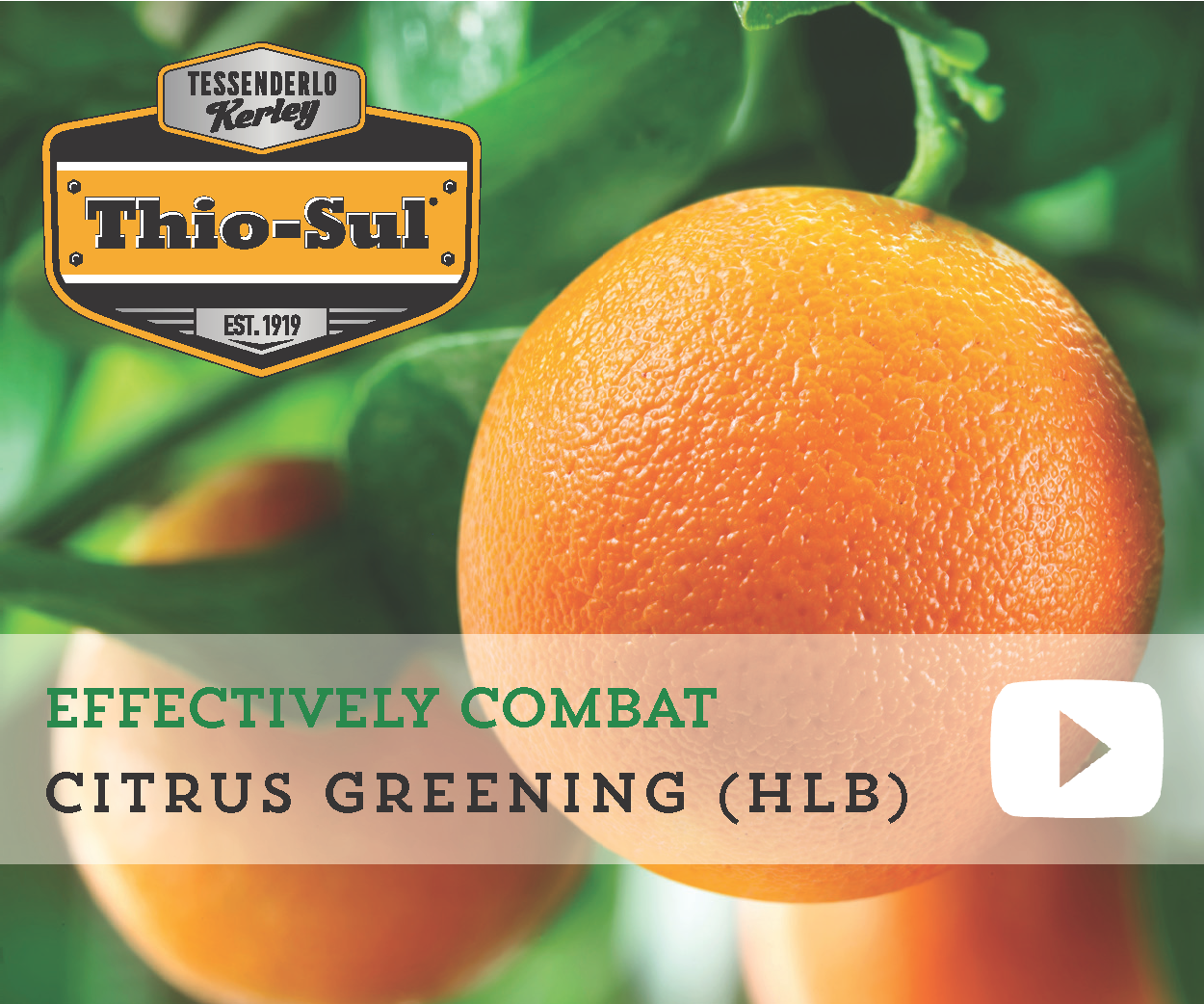
UC Riverside scientists are working on breeding new varieties of citrus that will be resistant to citrus greening disease.
Citrus greening disease or Huanglongbing (HLB) is a bacterial disease that has killed citrus orchards worldwide. It has been detected in California citrus, but not in commercial citrus production. The disease is vectored by Asian citrus psyllid.
UCR researchers believe a sustainable solution to preserving the citrus industry is to develop varieties that carry natural resistance to HLB. The UCR research team, including Dr. Chandrika Ramadugu, has been awarded funding by the National Institute of Food and Agriculture to pursue breeding work. The research team includes collaborators from Texas A&M, University of Florida, Washington State University and USDA.
Resistant varieties of citrus have been identified, but the challenge is to use them to generate hybrids that will have the flavor consumers prefer along with resistance. The plan is to generate many hybrids and screen them for suitability for the citrus marketplace.
The Australian finger lime is one of six micro citrus varieties from Australia and is being used to create the hybrid varieties. It carries resistance to HLB, but few other attributes to fit the citrus market. The finger limes are about three inches long and roughly the size of an average person’s index finger, but fruit from juvenile trees can be less than one inch long.
The UCR team is currently studying the genetic makeup of the hybrids that have already been produced. Analyzing the new plants’ DNA will show if they carry enough disease resistance along with marketable qualities. Dr. Ramadugu said currently most of the hybrids have lime- or lemon-like fruits. The research team is still in the process of breeding other types of citrus.
One of the main challenges in this process is the length of time it takes before the hybrid citrus varieties bear fruit. With the help of UCR plant cell biology professor Sean Cutler, the team is hoping to accelerate the time it takes for the hybrid plants to bear fruit in the greenhouse. Clones of the best plants will be grown in Florida and Texas field trials.
Other approaches in the HLB fight at UCR include altering soil and root bacteria to improve plant immunity, and using an antibacterial peptide to clear HLB from an infected tree.






















